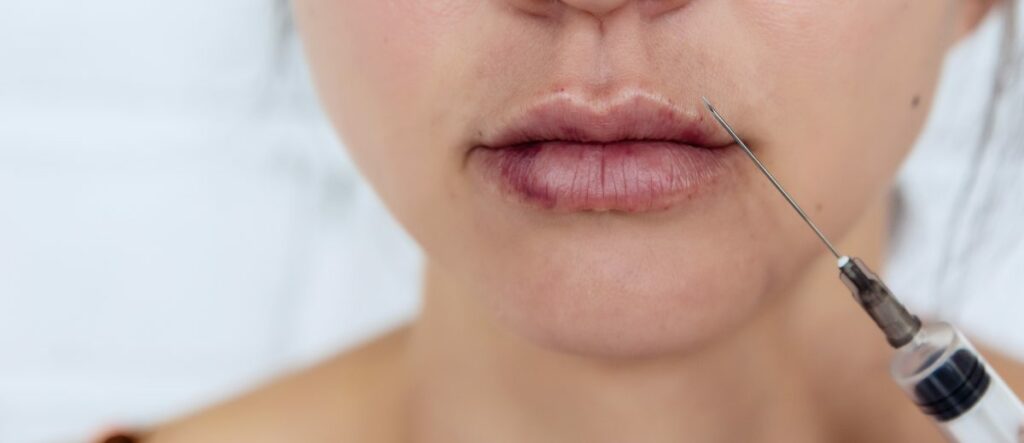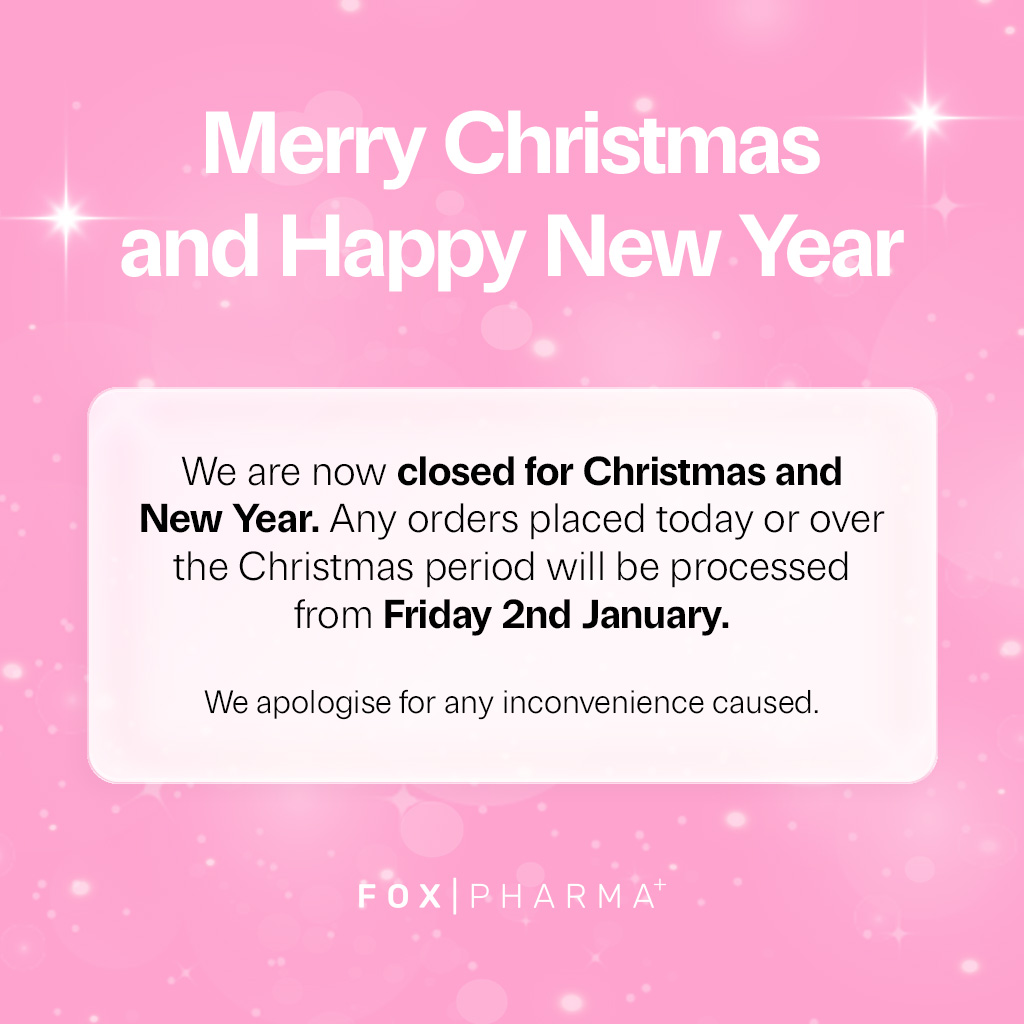Dermal fillers are an effective and popular treatment, intended to volumise and sculpt. However, despite the long list of benefits that dermal fillers offer, no injectable is without its inherent risks and complications. One of the more severe, yet rare complications that can occur with dermal filler treatments is vascular occlusions. By agreeing to a code of conduct, practitioners must keep patient safety at the forefront of their practice. However, in unfortunate scenarios and despite taking extra precautions, complications such as a vascular occlusion can still arise. With vascular occlusions (VO) proving to be one of the biggest concerns for training practitioners, it’s crucial that the correct steps are taken to protect the patient from further discomfort or harm.
What Is a Vascular Occlusion?
Whilst the chances of a vascular occlusion occurring are rare, the risk of this complication should be seriously considered when performing any dermal filler treatment. Although reports suggest that the risks are ‘exceedingly low’, this complication can lead to further dangers such as skin necrosis and even blindness, if left untreated.
A vascular occlusion occurs when filler, for example, is incorrectly placed and the blood is unable to pass through a blood vessel due to a blocked artery. When filler is wrongly or accidentally injected without careful precision, the blood vessels become occluded due to pressure, and oxygen flow is compromised. As a result, the artery is unable to function to its normal capability and a host of other issues will begin to arise.
What Signs Should Practitioners Look Out For?
To an unassuming patient, a vascular occlusion can look like a bruise which is a typical and expected side effect of dermal filler injections. However, vascular occlusions can present themselves in numerous ways, which is why it is vital for both patients and practitioners to be aware of these complications. Some signs of a vascular occlusion include:
- Pain: For some patients, severe pain can be characterised in different ways depending on their pain threshold. However, most patients with experience in dermal filler treatments will be able to differentiate between ‘normal pain’ during a dermal filler appointment and a more intense pain. Intense pain that worsens during injection or in the hours following the treatment, especially if the pain is more prominent on one side of the injection area. This can be a tell-tale sign of a vascular occlusion.
- Blanching: As vascular occlusions compromise the blood supply around the injected area, the skin can begin to discolour and turn white – this is typically one of the first indications of a vascular occlusion. Temporary blanching is not uncommon during dermal filler injections, however, when it comes to vascular occlusions, the pale discolouration will persist and will not respond to massaging, heat, or warmth.
- Bruising or Skin Discolouration: Bruising generally occurs as a common side effect of dermal fillers, however, there are certain types of bruising that can imply more serious side effects. Skin discolouration as a result of an occlusion will present as a purple/blue hue, eventually turning grey after several hours. Whilst bruises do not discolour on pressure, areas facing occlusion will.
- Skin Death or Blackening: Skin death, more formally known as skin necrosis, is when the compromised skin tissue begins to essentially ‘die’ due to the lack of oxygen and blood flow. Skin necrosis is the most serious, and the rarest complication of vascular occlusion but can prove fatal, nevertheless. Usually, this will only occur if an occlusion is not detected within 2-3 days post treatment. Skin necrosis is usually irreversible however, some surgical interventions can help to reduce subsequent scarring.

Vascular Occlusion On The Lip
How Do You Reduce the Risk of Causing a Vascular Occlusion?
As one of the least common yet most serious complications associated with dermal fillers, vascular occlusions can be prevented and treated accordingly, if a practitioner follows the correct guidance. Although vascular occlusions can be caused through accident and error, following certain measures that could be seen as general practice for some, will help to reduce the likelihood of this unfortunate outcome. Honing in on your skills as a practitioner may inevitably be the difference between a potential vascular occlusion and a successful treatment; it really comes back down to basics. Patient care and safety should always be of upmost importance to the practitioner.
In order to reduce the risk of causing an occlusion with fillers, practitioners must refine their knowledge and understanding of facial anatomy, keeping this at the forefront of their mind when it comes to injecting. Practitioners should focus on avoiding the ‘danger zones’ of the face during dermal filler enhancement injections. “A complete understanding of the anatomical locations of vasculature structures, as well as how facial ageing or previous surgical alterations may change the structural orientation, will aid the aesthetic provider in identifying critical “danger zones” to avoid during the dermal filler/volume enhancer injection process”, as studied by Connie Brennan, RN, CPSN, CANS and CPC.
Other measures to help prevent vascular occlusion include treating the patient with a slow injection technique, aspirating needles, avoiding bolus injections in areas prone to occlusion and also your choice of consumable. We spoke to Aesthetic Nurse Practitioner, Kirsten Horsfield to find out what would be her immediate response in the event of an occlusion:
“In the case of a vascular occlusion, the first thing is to stay calm. A panicked practitioner means an even more panicked client, so calm and confident is the key. The first line of action should always be heat and massage. In most vascular occlusion cases, the filler is not in the vessel, but is occluding the vessel by pressing against it. So, dilating with heat and massaging to try and dislodge the offending filler will often work. Only hyalase if you’re absolutely sure it’s not improving with heat and massage.”
Nurse Practitioner, Michelle Bolton also adds that practitioners should always work within their competency and under any circumstances, should not try new methods of practice without research to back up why they’re doing what they are.
How To Effectively Treat a Vascular Occlusion
Vascular occlusions need to be treated immediately to avoid the worsening of symptoms and side-effects. If an occlusion has occurred as a result of a hyaluronic acid (HA) dermal filler and is identified in a timely manner, hyaluronidase can be injected in the affected region which helps to break down the filler. Once the dissolving process has begun, the blood supply should return to the injected area and any discolouration should subside and return to normal.
- What is Hyaluronidase?
Essentially, hyaluronidase is an enzyme that can be injected to break down and catalyse hyaluronic acid (HA), making it an effective solution for reversing HA dermal fillers. In addition to injecting hyaluronidase, there are a combination of other techniques that practitioners should use when treating an occlusion. These include massaging the area, applying a warm compress or prescribing an oral steroid.
Buy Hyaluronidase here.
“The first thing I would do if I suspected a vascular occlusion would be to talk to my patient to ensure they’re understanding of what’s happening and why I am doing what I am. When they have their consultation, I explain in depth about vascular occlusions so that they have an awareness and help keep everyone calm in the event of one occurring” says Nurse Practitioner, Michelle Bolton. She also goes on to explain “ once fully explained, I then will take some videos of the occlusion and set about dissolving, making sure I’m aware of any allergies or medical conditions. Before treating any vascular occlusion, I always ensure my emergency drug kit is on the side with my phone to hand in case of any emergencies. I then continue to asses once dissolved and ensure I speak with them every few hours.”
The Takeaway
As aesthetic practitioners, we must stay cognizant to the potential risks when injecting dermal fillers and remain knowledgeable on how to treat them, should they arise. Despite vascular occlusions proving to be a somewhat rare complication, practitioners still need to react accordingly.
Kirsten provides her top tips to avoiding the risks of a vascular occlusion:
“In terms of avoiding vascular occlusions, my key advice is to know your anatomy, and always know the depth of your needle. Inject slowly, with small volumes at a time. Aspirating is a contentious issue, many practitioners feel it’s ineffective, or gives a false sense of security, but I do prefer to aspirate with fillers and have seen a few positive aspirations in my time.”
What is your top piece of advice when dealing with an occlusion?








Leave A Comment
You must be logged in to post a comment.